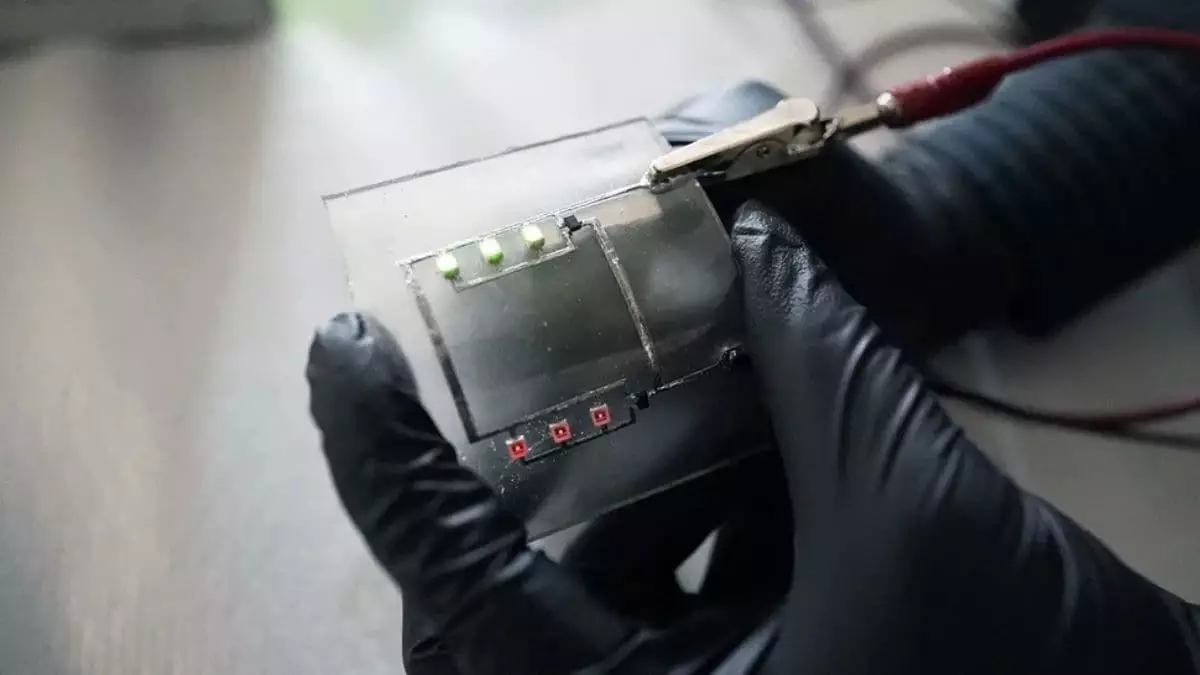In an era where electronic waste spirals out of control, the advent of self-healing circuit boards offers a beacon of hope. These innovative components, infused with liquid metal and built from vitrimer polymers, promise to extend the lifespan of our devices dramatically. The potential for these materials to withstand severe mechanical damage and then be reshaped or recycled using simple heat treatment positions them as a pivotal step toward greener electronics. Such advancements could challenge the very foundation of our consumer technology paradigm, encouraging manufacturers to prioritize durability and reparability over disposability.
The Technical Nuances and Environmental Implications
What sets this development apart is its clever integration of liquid metal droplets within a vitrimer matrix. Unlike traditional thermosets, vitrimer can be reconfigured repeatedly, providing both strength and flexibility. The inclusion of metallic droplets not only improves electrical conductivity but also enhances the material’s capacity to stretch and recover without loss of performance. From an engineering perspective, this hybrid offers an impressive combination: resilience against deformation, electrical reliability after damage, and ease of reshaping through heat. Yet, beneath the surface of this technological marvel lies a broader environmental agenda—one aimed at mitigating the mountain of e-waste that continues to grow exponentially.
The Promise of a Circular Economy — Yet Not Without Challenges
While the promise of recyclable, self-healing electronics is alluring, it’s imperative to scrutinize the practical hurdles involved. Achieving perfect material recovery and seamless recycling remains complex, especially when it comes to reclaiming precious metals like gold and other rare elements contained within circuit boards. The current progress is promising, but the technology’s readiness for mass adoption is still questionable. Moreover, economic factors—costs of manufacturing, scaling, and retrofitting existing production lines—could dampen the market’s enthusiasm. Manufacturers might prefer cheaper, conventional materials that don’t require significant overhaul of their processes, even if they contribute to environmental degradation.
A Call for Responsible Innovation
This breakthrough underscores the importance of responsible innovation that balances technological progress with ecological responsibility. While the focus on creating durable, recyclable electronics aligns with a centrist approach—prioritizing pragmatic safeguards over reckless blitzes forward—there’s a real risk of overhyping these devices without addressing the systemic issues of planned obsolescence and consumer culture. True sustainability demands more than advanced materials; it requires a shift in our consumption habits, regulatory frameworks that incentivize eco-friendly design, and ethical considerations regarding resource extraction and disposal.
In the end, the future of self-healing electronics hinges not solely on the ingenuity of scientists and engineers but also on our political will and societal commitment to prioritize environmental health. Progress is crucial, but it must be accompanied by mindful strategies that foster a genuine circular economy—one that values longevity, reparability, and responsible resource management above fleeting technological enhancements.

